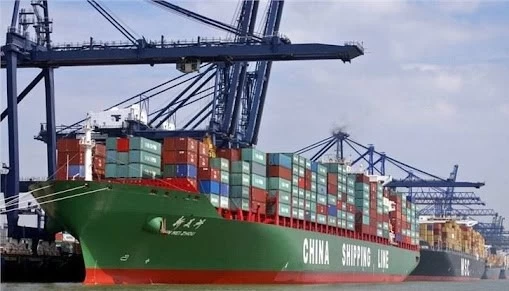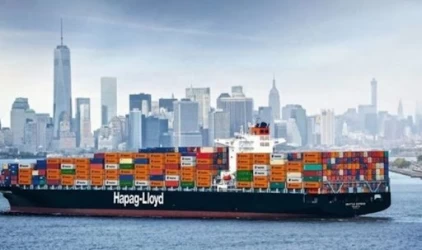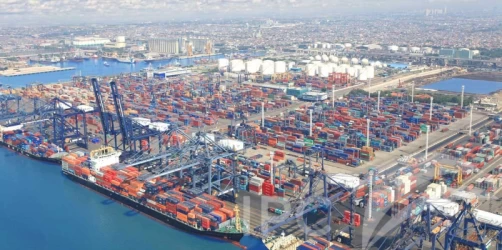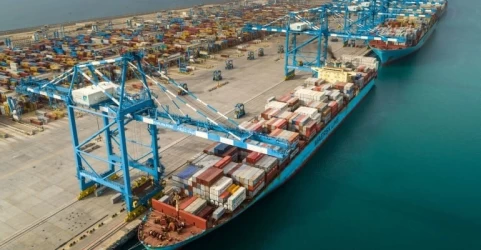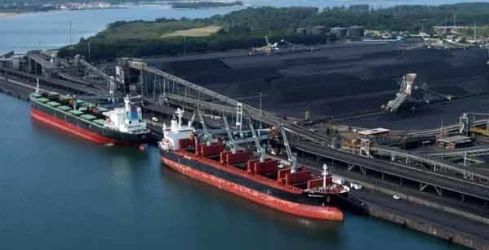Sea freight in the port of Valencia
The Port of Valencia is one of the largest and most important seaports in the Mediterranean region and Spain. Serving as a crucial hub for maritime trade between Europe, Asia, Africa, and Latin America, Valencia's port is known for its advanced infrastructure, efficient operations, and strategic location. This article provides a comprehensive overview of the Port of Valencia's maritime transport, highlighting its history, infrastructure, economic impact, and future challenges.
History and Significance of the Port of Valencia
Founded in 1580, the Port of Valencia has played a vital role in Spain's economic development and international trade for centuries. Over the years, the port has evolved from a local shipping hub into a major global seaport. It is now recognized as the fifth busiest container port in Europe and the busiest in the Mediterranean, handling millions of tons of cargo annually. Its strategic location on Spain's eastern coast makes it a gateway for goods entering and leaving Europe.
Infrastructure and Capabilities
The Port of Valencia boasts modern, state-of-the-art infrastructure, comprising three main areas: Valencia, Sagunto, and Gandía. The port has over 7 kilometers of quays, 150 hectares of operational space, and a well-developed rail and road network that ensures seamless connectivity to the rest of Spain and Europe.
As one of the largest container ports in Europe, the port's capacity exceeds 85 million tons of cargo annually, including containers, vehicles, and liquid and dry bulk. This makes it a preferred port for many multinational companies looking to transport goods efficiently across continents.
Role in International Trade
Valencia's port is pivotal in international trade, particularly in facilitating Spain's imports and exports. It handles diverse cargo, from raw materials and industrial goods to agricultural products and consumer goods. The port's strategic proximity to the Suez Canal further enhances its role as a key transit point for goods moving between Europe, Asia, and Africa.
The port is also a major player in transshipment, where goods are temporarily stored before being shipped to their final destination. Valencia is often the preferred stop for shipping lines, thanks to its deep-water docks and advanced logistics systems.
Economic Impact of the Port
The economic significance of the Port of Valencia cannot be overstated. It contributes significantly to the Spanish economy, particularly the Valencian Community, where it is located. The port generates thousands of jobs, both directly and indirectly, through the industries that rely on it for import and export operations.
Moreover, it plays a vital role in Spain’s GDP by facilitating international trade, boosting exports, and attracting foreign investment. The port’s role as a logistics hub further strengthens Spain’s competitiveness in the global market, positioning it as a major player in the maritime industry.
Competitive Advantages of the Port
The Port of Valencia offers several competitive advantages to companies. It has a robust logistics framework, which includes advanced container terminals equipped with cutting-edge technology, reducing turnaround time for ships and ensuring faster deliveries. The port’s connectivity to Spain’s extensive rail and road network allows for the smooth transport of goods to inland destinations, minimizing logistics costs for businesses.
Additionally, the port's ability to handle large volumes of cargo efficiently makes it an attractive choice for companies in industries such as automotive, agriculture, textiles, and manufacturing. The port's proximity to major European markets further enhances its appeal as a central logistics hub.
Future Challenges and Developments
Despite its successes, the Port of Valencia faces several challenges, including increased competition from other European and Mediterranean ports, environmental concerns, and the need to expand its infrastructure to keep up with growing demand. The port has embarked on several projects to expand its container terminals, modernize its facilities, and adopt sustainable practices aimed at reducing its carbon footprint.
One such initiative is the port’s push towards green energy and eco-friendly operations. The port authority has announced plans to invest in renewable energy sources, electrification of its operations, and reducing emissions from ships docking at the port. This is part of a broader effort to align with the European Union’s climate goals for reducing emissions in the transport sector.
Conclusion
The Port of Valencia stands as a critical hub for global maritime trade, offering advanced infrastructure, strategic location, and efficient logistics that contribute to its status as one of Europe’s leading ports. Its role in international trade is vital, providing a gateway for goods between Europe, Asia, Africa, and Latin America. As the port continues to expand and modernize, it is well-positioned to maintain its competitiveness in the global shipping industry while adapting to future challenges, including environmental sustainability and increasing demand.
If you have any specific questions or need further assistance, feel free to ask!

